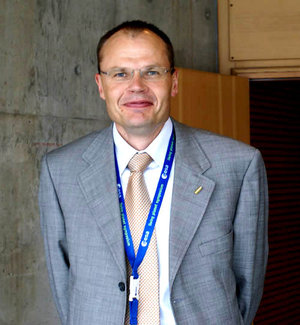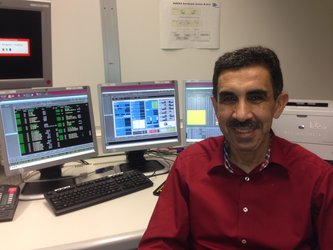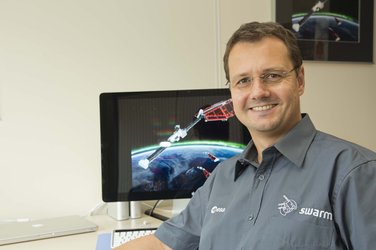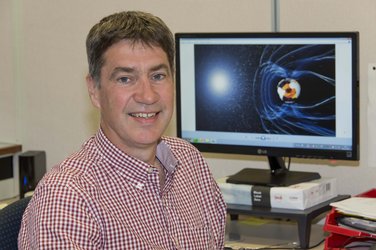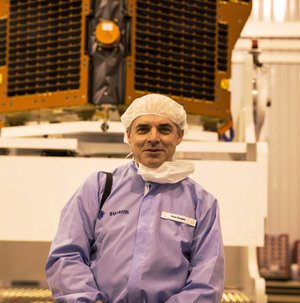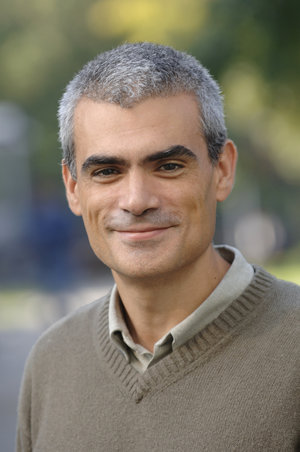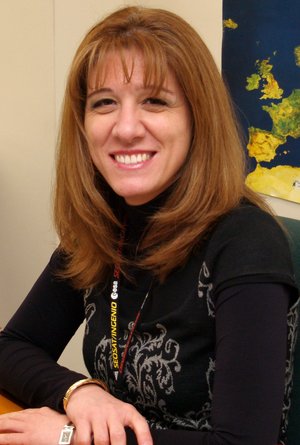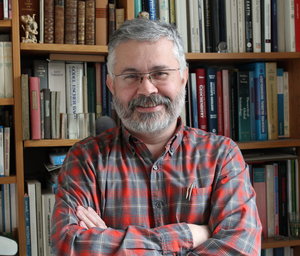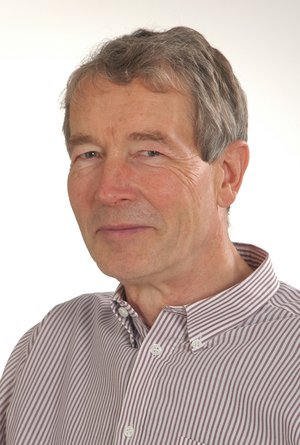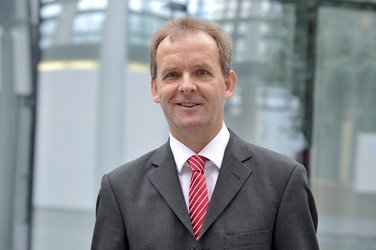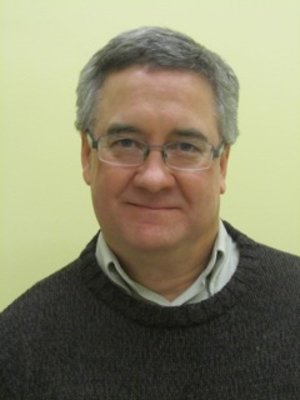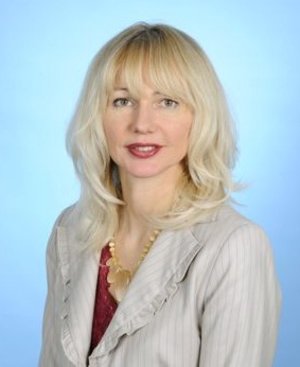Albert Zaglauer: Astrium Project Manager
Since ESA selected Astrium GmbH in Germany as the Swarm satellites’ Prime Contractor, Albert Zaglauer has led an industrial consortium of more than 30 European companies to design and build the three-satellite magnetic field mission.

Albert Zaglauer, a German national, has been working at Astrium GmbH in Germany since 1984. With a degree in mechanical engineering, he has 28 years of experience in space applications.
Albert was involved in the design and project management for the Earth observation CHAMP, GRACE, TerraSAR and GFO missions, as well as for the deep-space missions Ulysses and high-resolution stereo camera on Mars Express. He also worked on Spacelab and the Eureca satellite.
ESA: Astrium GmbH is the Prime Contractor for the Swarm mission, together with Astrium Ltd, RUAG-A, DTU, VZLU, TAS-I, ABSL, Altran, Xperion, Boostec, DTU, Zarm, RUAG-CH, RUAG-S, SSBV, GMV, GFZ, Bradford, TAS-E, Marotta, IABG and many more. What role does the Prime Contractor play?
Albert Zaglauer
The key role of the Prime Contractor is to understand the customer needs and break them down to supplier tasks. In the case of the Swarm contract, system AIT and Level-1b data processing had been added to those key responsibilities.
ESA: What have you been responsible for throughout the process of designing, building and launching Swarm?
Albert Zaglauer
As Project Manager, my focus was on building and maintaining – over many years – a capable and motivated prime team and a committed industrial team in order to get tasks done within very stringent economic conditions.
ESA: Swarm is a three-satellite mission. What challenges did this represent in terms of design?
Albert Zaglauer
Building three identical satellites to be ready for a single launch is a technical design challenge due to limited technical budgets, specifically mass and volume, but also a logistical challenge in order to have three satellites ready at the same moment of time.
ESA: The satellites and instruments are, in themselves, magnetic and therefore influence the measurements they make. What kind of challenges did this create during development and how were they overcome?
Albert Zaglauer
Many classic materials for building a standard satellite had to be discarded. All units on Swarm were magnetically characterised and a mathematical magnetic model was established to allow flight predictions. The satellites have been characterised finally in a special facility allowing to compensate the local magnetic field of Earth. Flight predictions based on the efforts made are very promising and demonstrate the unique magnetic cleanliness of the three Swarm satellites.
Editor's note:
This is one in a series of interviews with a few of the key people that are involved in the Swam mission. Please check back as the list will be added to over the coming weeks.






